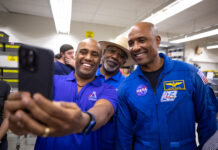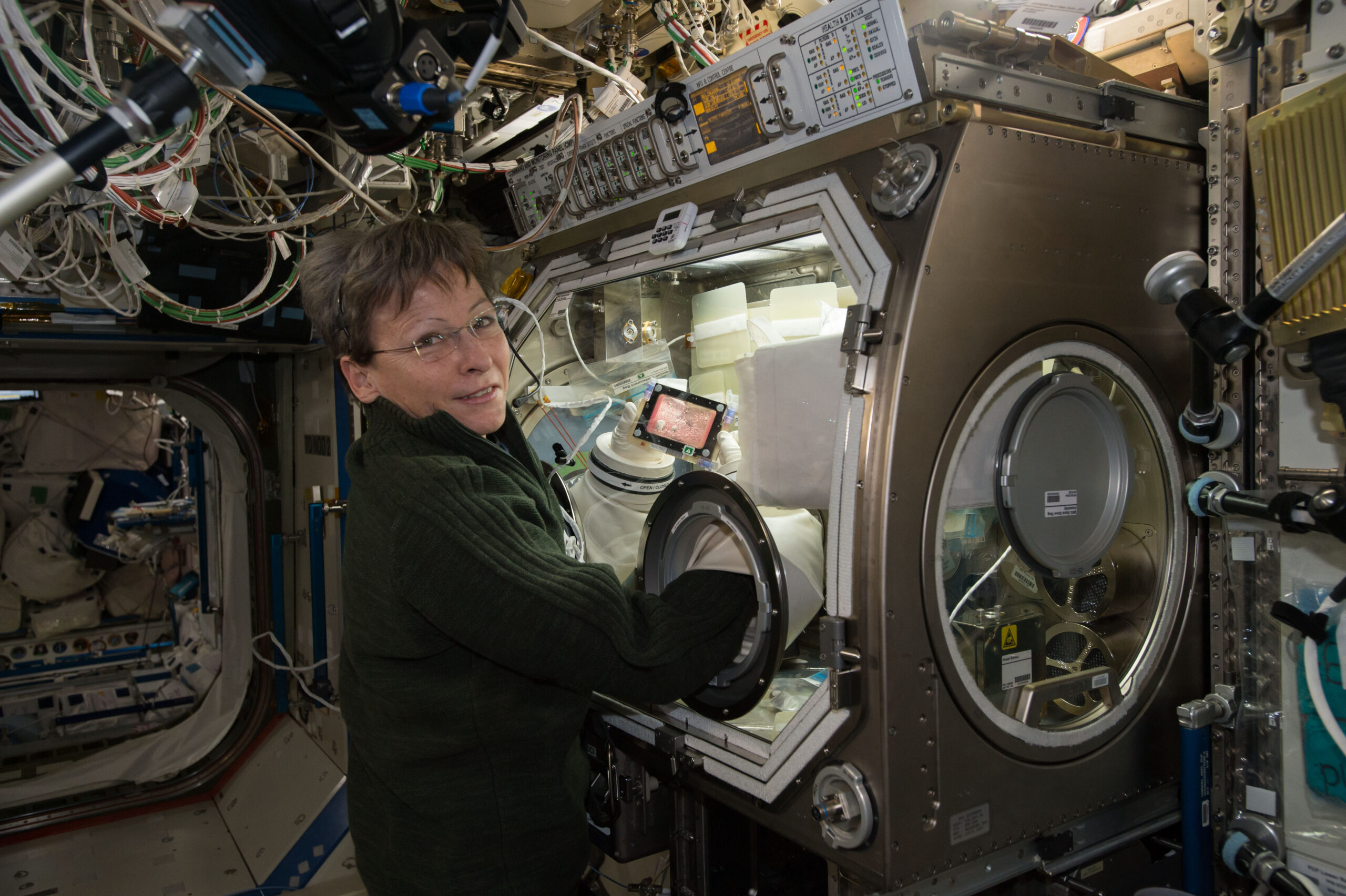Breakthrough in 3D Bioprinting in Microgravity
In an impressive stride forward, researchers have successfully demonstrated the viability of 3D bioprinting knee cartilage, or meniscus tissue, under microgravity conditions. This achievement marks a significant advancement in the technology of bioprinting tissue, offering promising solutions for treating musculoskeletal injuries during extended space missions or in extraterrestrial environments where resources and supplies are constrained.
The research, known as the BFF Meniscus-2 project, utilized the BioFabrication Facility to 3D print knee cartilage tissue using bioinks and cells. This effort has resulted in the creation of the first engineered tissue of anatomically relevant shape on the space station. The potential of manufactured human tissues as substitutes for donor organs is immense, especially considering the severe donor organ shortages we face on Earth. Conducting bioprinting in the low-gravity environment of space helps to overcome several challenges encountered on Earth, such as the deformation or collapse of tissue structures due to gravity.
Advancements in Brain Organoid Research
Another groundbreaking study has shown that complex cultures of central nervous system cells, known as brain organoids, can be sustained in microgravity for extended periods. These organoids demonstrate faster neuron development than their Earth-based counterparts. This discovery could play a critical role in developing treatments for neurodegenerative diseases and addressing potential adverse neurological effects of space travel.
The Cosmic Brain Organoids project explored the growth and gene expression in 3D organoids created from neural stem cells of individuals with primary progressive multiple sclerosis and Parkinson’s disease. The findings from this research could significantly enhance our understanding of these neurological conditions and aid in the development of new treatments. Researchers are planning additional studies to explore the reasons behind the accelerated neuron maturation observed in space.
Stem Cell Processing in Space
In another remarkable development, researchers have proven that induced pluripotent stem cells (iPSCs) can be processed in microgravity using readily available cell culture materials. This discovery is particularly important because it suggests that standard laboratory equipment and protocols can be used in space, potentially reducing costs and making space-based biomedical research more accessible to a broader range of scientists and institutions.
The Stellar Stem Cells Ax-2 project investigated how microgravity impacts the methods used to generate and grow stem cells into various tissue types on Earth. iPSCs have the potential to develop into any cell or tissue type in the human body. Understanding how to process these cells in space could significantly contribute to their use in regenerative medicine and facilitate the future large-scale biomanufacturing of cellular therapeutics in space.
The Implications of These Research Projects
These groundbreaking research projects have profound implications for both space exploration and terrestrial medicine. The ability to bioprint tissues in microgravity could revolutionize the way we approach medical treatments during long-term space missions. For example, astronauts embarking on missions to Mars or other distant destinations will require medical solutions that are not reliant on Earth-based resources. 3D bioprinting offers a potential solution by enabling the on-demand creation of tissues and possibly organs.
Moreover, the accelerated development of brain organoids in microgravity could yield insights into the human brain’s functioning and development, offering new avenues for understanding and treating neurological disorders. As researchers continue to study the effects of space conditions on neural development, we may see breakthroughs that translate directly into improved treatments for diseases like multiple sclerosis and Parkinson’s on Earth.
The success in processing iPSCs in space opens up new possibilities for regenerative medicine, which could benefit from the unique environment of space to optimize cell growth and differentiation. This research could pave the way for producing cellular therapeutics on a large scale in space, potentially leading to more effective and personalized medical treatments.
Future Prospects and Considerations
As these studies continue, it’s important to consider the ethical and logistical challenges of biomanufacturing in space. The development of human tissues and potentially organs in space raises questions about the ownership and use of these biological materials. Additionally, transporting materials and equipment to space remains a significant logistical hurdle that must be addressed to fully realize the potential of these technologies.
The advancements in space-based bioprinting and cell processing are a testament to human ingenuity and the potential of interdisciplinary research. By bringing together experts in biology, engineering, and space science, we are beginning to unlock new possibilities for healthcare both in space and on Earth.
As these technologies progress, it is crucial for the scientific community to engage with policymakers, ethicists, and the public to ensure that the benefits of space-based biomanufacturing are realized in an equitable and ethical manner. This collaboration will be key to navigating the challenges and opportunities that lie ahead.
Conclusion
The recent breakthroughs in 3D bioprinting, brain organoid research, and stem cell processing in space represent a significant leap forward in both space exploration and biomedical research. These studies not only offer potential solutions for the unique challenges of long-term spaceflight but also hold promise for advancing medical science on Earth. As research continues, it will be exciting to see how these technologies evolve and what new possibilities they unlock for the future of medicine.
For further reading and to explore the original studies, you can visit the following links:
- 3D Bioprinting Knee Cartilage in Microgravity
- Cosmic Brain Organoids Study
- Processing Stem Cells in Space
These resources offer a deeper dive into the methodologies and findings of these pioneering studies.
For more Information, Refer to this article.

































